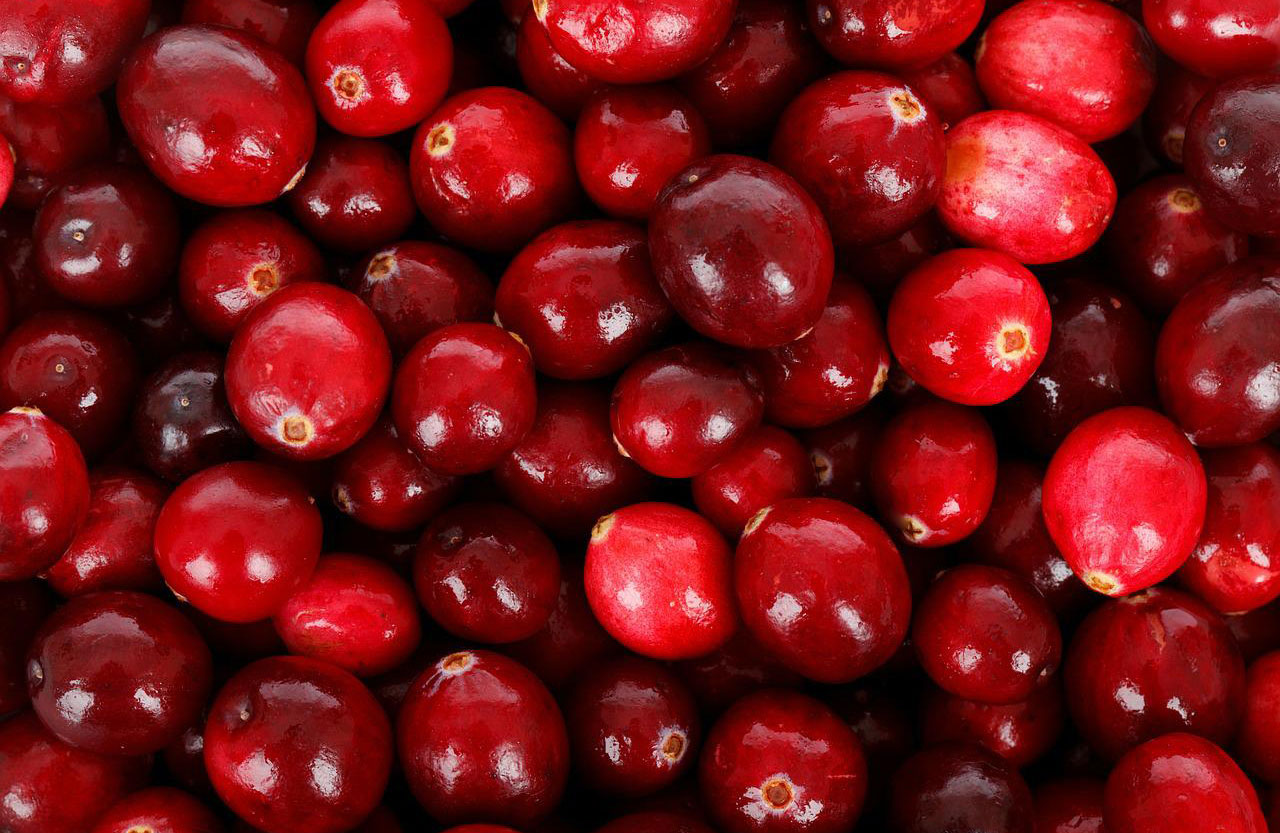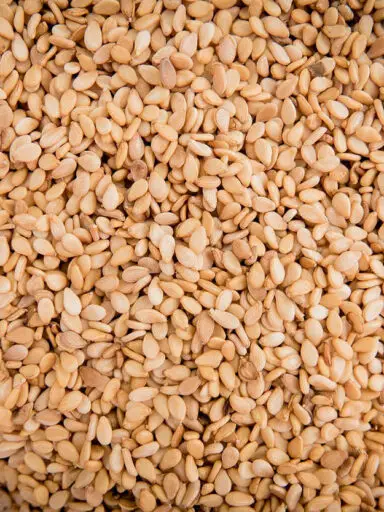The cranberry is a fruit that is widely used in commercial food production as well as being lavished raw as a snack. The raw fruit tends to be hard, sour, and bitter and therefore it is sometimes consumed sweetened.
The berries are picked off the cranberry shrub which is an evergreen shrub. The bush is relatively stout with trailing vines. Botanically it belongs to the Ericaceae family. In Britain and the rest of Central and Northern Europe, the species is Vaccinium oxycoccos while in North America and Chile Vaccinium macrocarpon is more prevalent.
Generally, cranberry can be found growing in acidic bogs in the Northern hemisphere. The bush is a low creeping shrub with vines reaching about 2 meters long bearing dark pink flowers and evergreen leaves. The fruit turns from green to red when ripe and has an acidic taste.
The cranberry season spans from October to December when they are available fresh in markets and stores. Good berries should be bright red in color, have smooth skin with no wrinkles, and be firm to touch. One should purchase berries that have no cuts or bruises. They should not show any signs of mold and should also not be slimy.
Dried berries are also available in stores all year around. Once at home the fresh berries should be stored in a refrigerator where they will keep for several days.
How to Prepare the Cranberry for Culinary Purposes
The cranberries can be picked off the bush and eaten as a snack. Those purchased from stores should be sorted to make sure they are fresh, then washed in cold running water, and then eaten as a snack.
The berries can also be added as an ingredient to both vegetable and fruit salads. They can be blended in a food processor and added to fruit cocktails, juice, sorbets, ice cream, and other desserts. They are also used in the preparation of baked goods such as bread, muffins, pie fillings, and tarts.
Commercially the cranberry is used to make jelly and jam preparations as well as sauces, most notably cranberry sauce used on Turkey and other poultry.
Health and Nutritional Benefits
Cranberries contain oxalic acid which bears the risk of crystallizing into oxalate stones in the urinary tract in some people. The acid also interferes with the absorption of minerals like calcium and magnesium causing their deficiency.
The cranberry is also known to have the potential health benefits of working against aging diseases, bacterial infections, cancer, diabetes, inflammation, and neurological diseases. They prevent plaque in tooth enamel as well.
Cranberries are a moderate source of vitamins and minerals. They are a good source of dietary fiber and they contain no cholesterol. Further to that, they contain just 46 calories of energy per 100 grams.
The cranberry is a good source of vitamin C, vitamin E, pantothenic acid, and pyridoxine. It has small amounts of B-complex vitamins such as folates, niacin, riboflavin, and thiamin.
The berries are a good source of manganese and copper in addition to small amounts of phosphorus, iron, calcium, and zinc.



